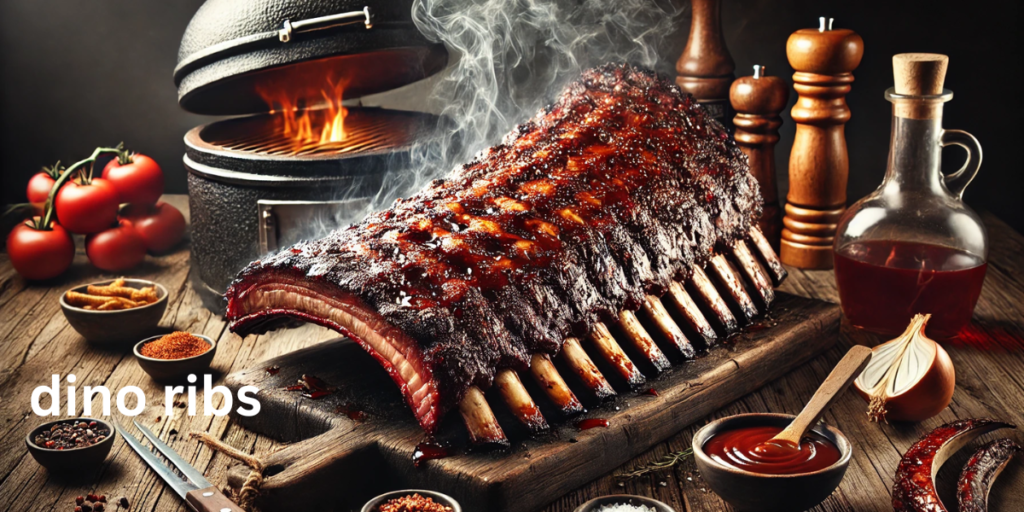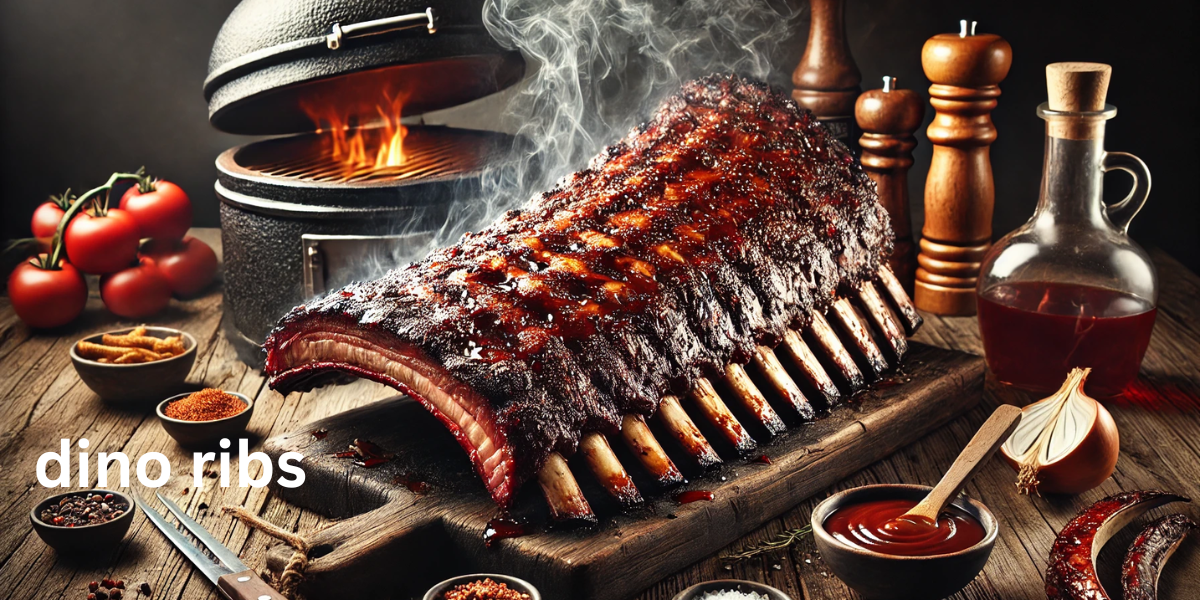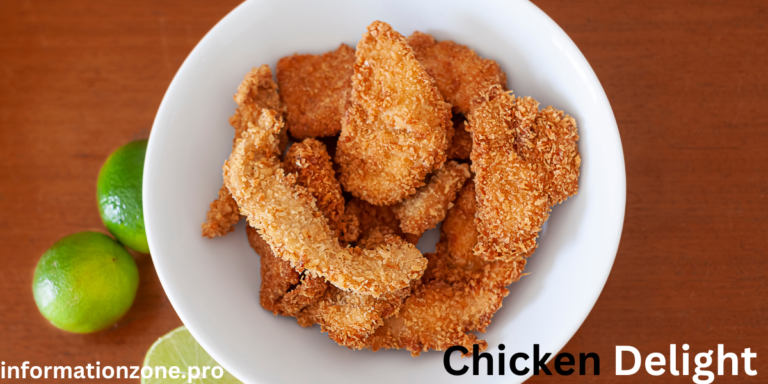The Ultimate Guide to Dino Ribs: A Feast for Meat Lovers
Few culinary delights command as much attention and awe as dino ribs. These massive, meaty cuts, often referred to as beef plate short ribs or tomahawk ribs, are a show-stopping centerpiece for any barbecue or feast. Let’s dive into everything you need to know about dino ribs, from their origins to how to cook them to perfection.

What Are Dino Ribs?
Dino ribs are a term used to describe large beef ribs, typically from the plate section of the cow. These ribs are known for their impressive size, often measuring over a foot long, and their rich, beefy flavor. The nickname “dino ribs” comes from their prehistoric appearance, resembling something a dinosaur might have enjoyed.
Why Dino Ribs Are So Popular
The appeal of dino ribs lies in their:
- Size: They are massive, making them a striking visual on any grill or platter.
- Flavor: Packed with marbled fat and connective tissue, these ribs deliver an intense, juicy flavor when cooked low and slow.
- Versatility: Dino ribs are perfect for smoking, grilling, or braising, catering to various culinary preferences.
Selecting the Perfect Dino Ribs
When shopping for dino ribs, look for:
- Marbling: Ribs with good marbling will be more tender and flavorful.
- Meat Coverage: Ensure the ribs have a thick layer of meat, as some butchers trim them more closely.
- Size: Choose ribs that are uniform in size for even cooking.
Ask your butcher for plate short ribs, typically from ribs 6–9, for the classic dino rib experience.
How to Cook Dino Ribs
Cooking dino ribs requires patience and care. Here’s a step-by-step guide to creating fall-off-the-bone perfection:
1. Preparation
- Trim: Remove excess fat and silver skin for even cooking.
- Season: Generously coat with a dry rub made of salt, pepper, garlic powder, and paprika. Let the ribs sit for at least an hour or overnight for deeper flavor.
2. Cooking Methods
- Smoking: Set your smoker to 250°F (120°C). Smoke the ribs for 6–8 hours until they reach an internal temperature of 203°F (95°C).
- Grilling: Use indirect heat to cook the ribs low and slow, finishing with direct heat for a crispy crust.
- Oven Roasting: Wrap the ribs in foil and roast at 300°F (150°C) for 4–5 hours.
3. Resting
After cooking, let the ribs rest for 30 minutes to allow the juices to redistribute, ensuring maximum tenderness.
Serving Suggestions
Dino ribs are a meal in themselves, but pairing them with the right sides elevates the experience. Try these:
- Creamy Coleslaw: Adds a refreshing crunch.
- Mac and Cheese: A rich, cheesy complement to the smoky ribs.
- Cornbread: A classic Southern side that balances the bold flavors.
- Grilled Vegetables: For a lighter, healthier touch.
Tips for Success
- Be Patient: Dino ribs require time to cook properly. Rushing the process can lead to tough meat.
- Invest in a Meat Thermometer: Accurate temperature readings ensure perfectly cooked ribs.
- Experiment with Wood Chips: For smoking, use hickory, oak, or cherry wood for unique flavor profiles.
Conclusion
Dino ribs are the ultimate indulgence for meat lovers, combining jaw-dropping presentation with mouthwatering flavor. Whether you’re hosting a barbecue, celebrating a special occasion, or simply treating yourself, these ribs are guaranteed to impress.







